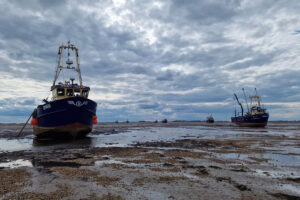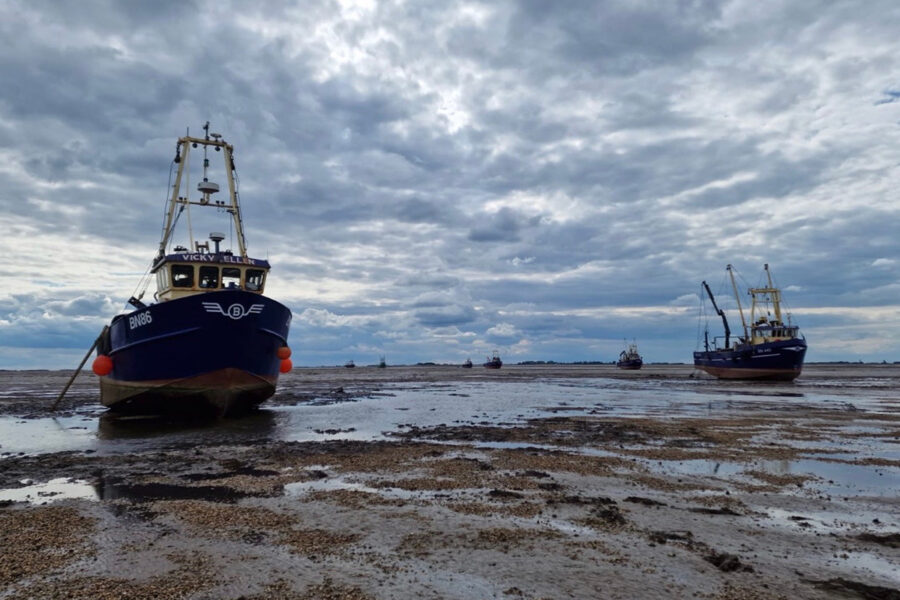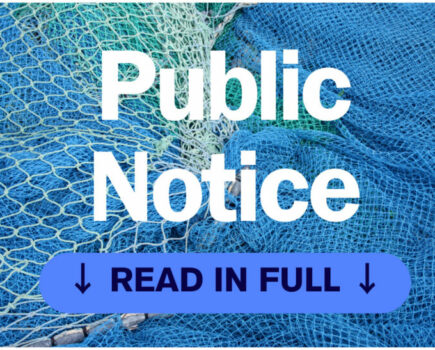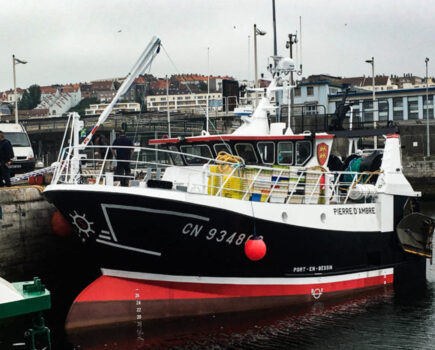The Wash cockle fishery opened at 4.45am on Monday, 3 July, but by the time you read this, it will be closed again. That’s because this ‘initial opening’ was only due to run until 1.45am on Saturday, 8 July, and what happens thereafter depends on Natural England (NE).
It is a question of TAC. The Eastern IFCA (EIFCA) annual cockle survey identified an adult cockle biomass of about 3,500t, which is only 500t above the 3,000t conservation threshold for the Wash MPAs, and NE is not therefore prepared to agree a TAC greatly in excess of 500t.
But because atypical die-off is already occurring on several beds – and that part of the shellfish biomass will not therefore survive to feed overwintering birds anyway – NE has for now agreed to an allowance of up to 600t.
Meanwhile, Cefas has reportedly had scientists on the sands in the past couple of weeks collecting samples, but Wayne Brewster, vice chair of Boston and Fosdyke Fishermen’s Association, says that should have been happening well before now.
“We’ve been complaining for years that we’re losing cockles to die-off and nothing has been done,” he told Fishing News. “Now all of a sudden they’re saying they’d better do something. EIFCA says it is doing this initial opening because atypical mortality is already happening, but die-off should have been investigated long before now.
“Fishermen don’t agree that atypical mortality is the entire problem. It’s more that high densities of cockles on unfished beds leave no room for growth, and then hot weather can escalate the die-off. We constantly see sands full of unnecessary dead shell, which in turn leaves the beds in poor condition to accept new spatfalls.
“We’ve lost a lot of money, and the environment has had a lot of waste on the ground.”
Interestingly, however, the EIFCA announcement confirming the opening also said: “A key factor in this consideration is above-average mortality of oystercatchers during the winter period, which evidence suggests was a result of starvation.”

Wash cockle boats working on the sands in the first week of July. Whether the fishery reopens after 8 July is down to whether Natural England and EIFCA agree to raise the TAC from the initial 600t. (Photo: Wayne Brewster)
I’ve been trying to establish who collected that evidence and how they did it, because NE and EIFCA have previous on this, and this year’s (so far) very restricted fishery follows the infamous turn of events last year that saw the cockle fishery almost not open at all.
An apparent big increase in bird numbers back then suggested that the entire cockle stock would be needed to feed them and the fishery would therefore not open.
But when several dozen fishermen went to the EIFCA June 2022 quarterly meeting to protest, the actual bird count figures were revealed and showed a very obvious anomalous spike distorting the overall count.
It then turned out that the British Trust for Ornithology, which had done the count, had a decimal point in the wrong place – so the fishery did eventually open after all. But NE and EIFCA had had those bird count figures for some time and, regardless of the fact that they meant the fishery not opening, had not questioned them.
EIFCA: ‘We hope the evidence will support a higher TAC’
A spokesperson for EIFCA confirmed that it was continuing to assess the Wash cockle stocks. They told Fishing News: “The biomass of adult cockles is likely to increase during the summer, and we are undertaking additional survey work to see if we can assess growth rates, with a view to extrapolating them across the Wash.
“The overall objective is to seek sufficient evidence to support the allocation of a higher TAC.
“It was a relatively cool spring/early summer here in the east, so we saw a lower risk of mortality until the recent increases in temperature in June. At this point we observed some degree of die-off, and therefore there was an imperative to get the fishery opened.
“Rather than delay whilst dialogue with NE was ongoing, we wanted to provide fishing opportunities as soon as possible in the hope that we can satisfactorily resolve matters and allocate a higher TAC in the meantime. That led us to suggest the lower 600t TAC to NE, and it was able to agree that the fishery could open on that basis.
“To provide context, the fishery usually opens in the latter half of June, but the earliest opening this year was 3 July due to unfavourable tides during late June.
“In conclusion, the current situation reflects the challenges of enabling fisheries in a heavily designated Marine Protected Area, but we are very mindful of the importance of the annual cockle fishery to industry members, and we are working closely with NE to see if we can allocate a higher TAC.”
This story was taken from the latest issue of Fishing News. For more up-to-date and in-depth reports on the UK and Irish commercial fishing sector, subscribe to Fishing News here or buy the latest single issue for just £3.30 here.
Sign up to Fishing News’ FREE e-newsletter here.








